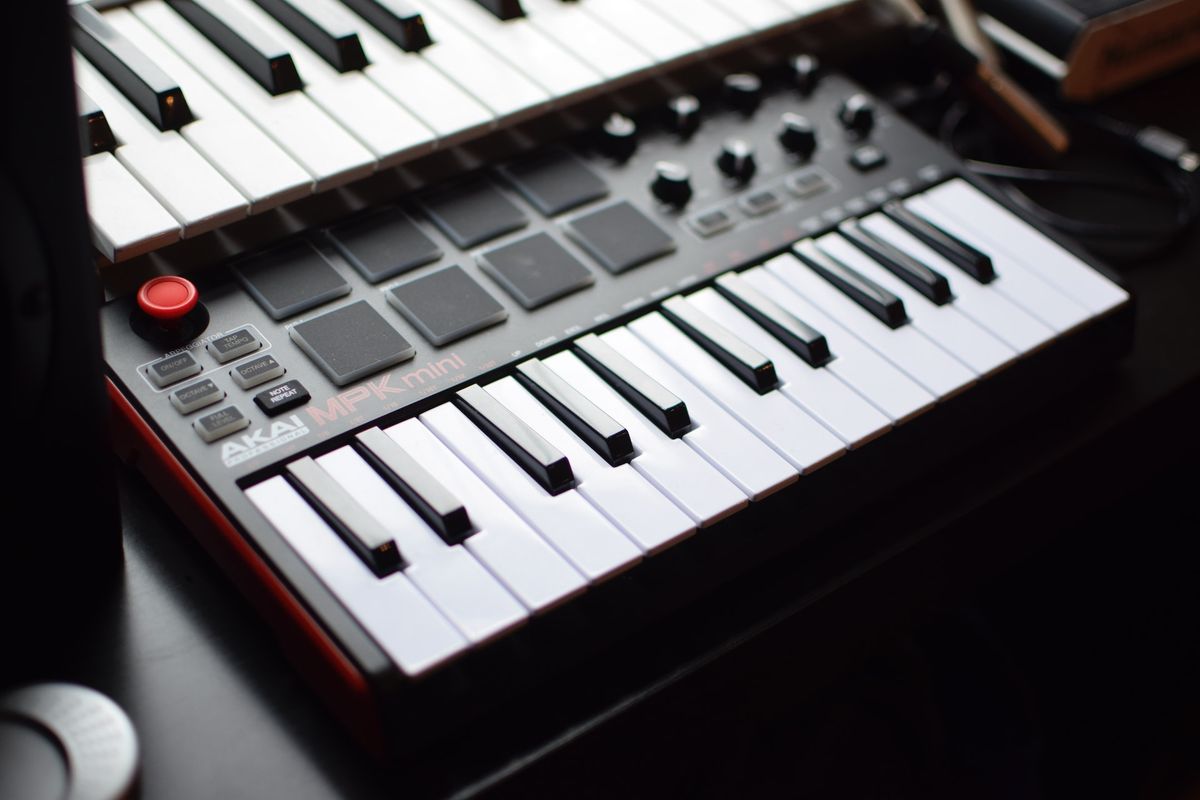Making MIDI Drums Sound Real

Creating realistic MIDI programmed drums involves attention to detail, dynamics, and human-like nuances. Here are some basic tips to help you achieve a more natural and lifelike drum sound:
- Use Good and Genre-Appropriate Drum Samples: Start with high-quality drum samples or virtual instruments. Choose samples that have multiple velocity layers for greater realism. Your DAW will come with some basic velocity-layered kits and there are many external plugins you can purchase to expand your options.
- Understand Drum Kit Anatomy: Familiarise yourself with the components of a drum kit (bass drum, snare, hi-hats, toms, cymbals) and their typical layout. Remember the average drummer only has two arms and two legs!
- Spend Some Time on Velocity: Vary the velocity of each note to mimic the dynamic range of an actual real drummer.
- Humanise Timing: Avoid quantizing your MIDI notes perfectly to the grid. Slightly offset some notes from the grid to emulate the subtle timing variations that occur when a drummer plays.
- Use Flams: Incorporate flams (simultaneous hits of a drum with slight timing differences) to add realism to fills and transitions.
- Try Groove Templates: Similar to humanising timing, many DAWs offer groove templates that replicate the feel of live drumming. Apply these templates to your MIDI notes to inject more human-like groove into your drum tracks. You can even extract the feel of an entire real drumming performance with certain software.
- Add Ghost Notes: Include ghost notes (soft, subtle hits) to make your drum patterns more expressive. These can be especially effective on snare drums.
- Emulate Hi-Hat Pedal Control: Pay attention to how a drummer controls the hi-hat pedal. Use continuous controller (CC) MIDI automation to mimic changes in open and closed hi-hat positions.
- Vary Fills and Cymbal Crashes: When programming drum fills or cymbal crashes, vary the volume intensity and speed of the hits to make them sound more organic.
- Pay Attention to Articulations: Some virtual instruments allow you to switch between different articulations, like open and closed hi-hats or different snare drum sounds. Use these to add variety to your drum patterns.
- Play, Don't Program: Using a MIDI keyboard or drum pads, play the beat live as you're recording. This will add humanity and natural dynamic variation to the parts.
- Listen and Analyze: Study recordings of real drummers and pay attention to their playing style, dynamics, and nuances. Try to imitate these elements in your MIDI programming.
- Mix in Context: Use EQ, compression, and other mixing techniques to shape your drum sound to fit in the mix. Drums often require processing to sound their best. Like anything in mixing, your instruments have to sound great within the context of your entire mix.
Remember that achieving a realistic drum sound with MIDI can be a long and gradual process, and it may take some experimentation to get it just right. Continuously refine your programming skills and pay attention to the details to create convincing and expressive drum parts.
